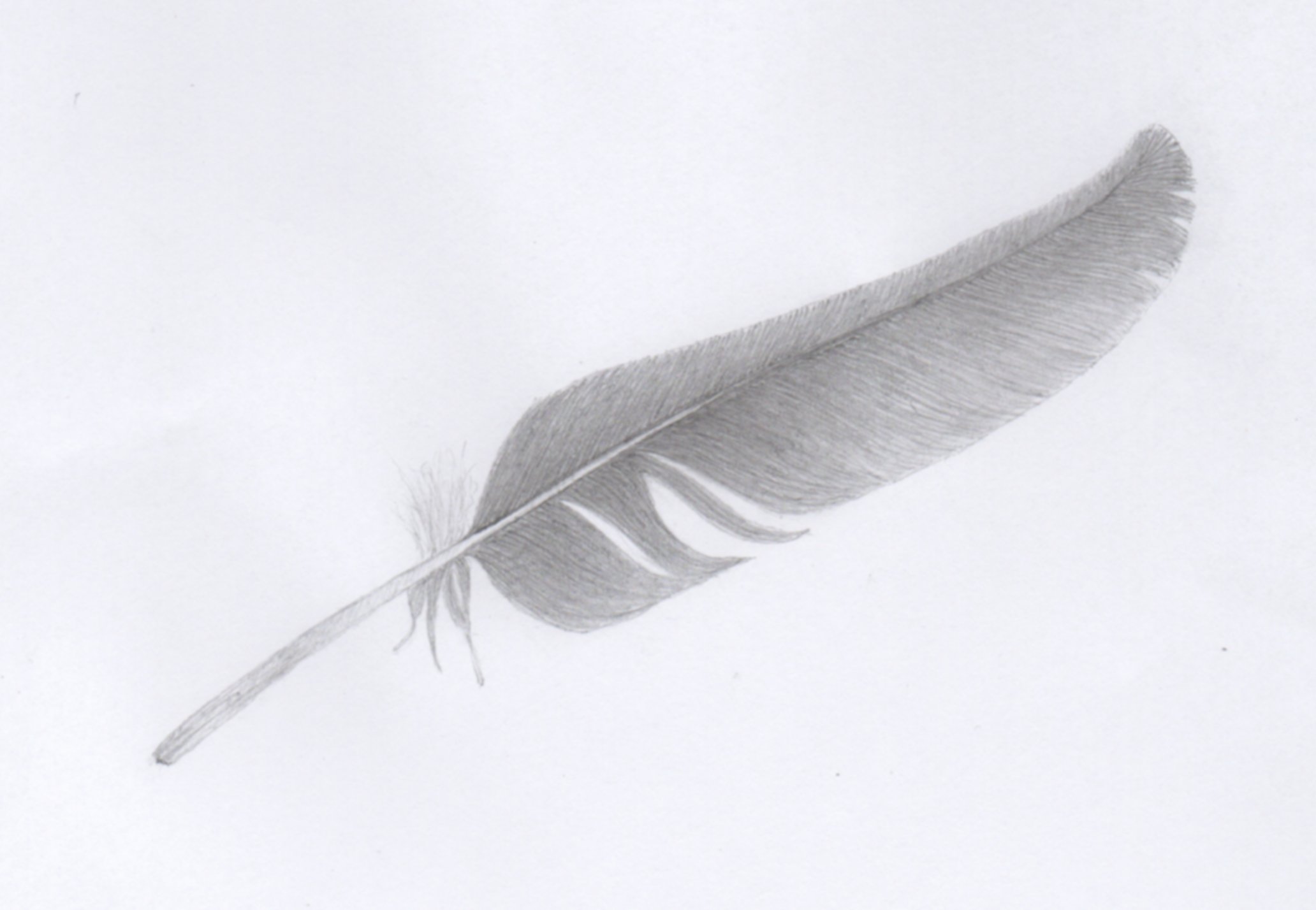Article by Ronnie Rayner Larter

How many times have you heard someone say ‘I cannot draw a straight line to save my life’? Perhaps you have said the same thing yourself.
Well, take note, drawing a good straight line is difficult, even for some of the most experienced artists, let alone a beginner.
In art, drawing a perfectly straight line is neither necessary nor desirable.
It has no expressive qualities, therefore has no artistic merit; it looks un-natural and contrived.
Nature very seldom has straight lines; they are usually found in man-made objects.
 Box Study in Graphite Pencil – Larter
Box Study in Graphite Pencil – Larter
Drawing a symmetrical object is another challenge many beginners try to deal with, but there is something even more difficult to draw, and that is a perfect circle. Straight lines, perfect symmetry and perfect circles are not found in nature. Nature has imperfections, and her imperfections can have a pleasing effect on the mind, so why not apply them to drawing.
If you feel you cannot draw that straight line, don’t worry about it. It’s not a problem that should hold you back. If you are a beginner with a desire to draw and would like to embark on a course such as the one offered by the Drawing Academy but lack the confidence, why not try setting yourself up with a short programme of self-study for a couple of weeks drawing simple objects. Try drawing a feather or a shell for example, or simpler still, a small box. These objects may not get your heart pounding with excitement, but they do offer an excellent starting point, which can in fact become little masterpieces of artwork in their own right. The most important aspect of learning to draw is to get over that fear of failure and push yourself to make a start with something. Do not worry about the results of your efforts. It’s the DOING that’s important, and ‘doing, develops drawing abilities, especially through ‘constant practice’, and practice is the BIG SECRET to becoming an accomplished artist.
So how does one start a drawing you might ask? Well, begin with simple shapes, do not jump in by starting to draw all the details, which many beginners tend to do. It often leads to problems. Spend a few minutes looking at the object. Look at its shape, its size, tonal values and texture. Try to determine what simple geometric shape it falls into. If it fits into the shape of an oblong, then lightly draw an oblong; if a square, then draw a square, if a triangle then draw a triangle.
 Feather fitted into an oblong with its simplified outline drawn within the box – Larter
Feather fitted into an oblong with its simplified outline drawn within the box – Larter
To demonstrate, a feather is used to illustrate the process, which fits into a long oblong. The simplified outline of the shaft and the feather (veins) are then drawn in, including the part where the vein is broken.
Next, you need to carefully look at your object (in this case the feather) to see if it has any other basic shapes or simple features that can be added. Also, look for any obvious shadow shapes and add them into the under-structure too. Once you have all the necessary information drawn onto your paper, you can then begin to modify that visual information to develop the proper shapes of the object with the intent of progressing towards the completed drawing. For example, round off corners, refine edges, check angles and so on. Once you feel satisfied with the groundwork, your next task is to start rendering the tonal values. Do not, and I repeat, DO NOT jump in by applying dark tones straight away; start light first and slowly work toward the darks in layers until you have the depth of tone you need. Also, do not concentrate on one spot only; work on all parts simultaneously, gradually building up the drawing as a whole. With the general tones having been added, begin to consider those small features and details that will take your drawing to the stage of completion.
Basically, that is the process of drawing; working from the general (simplified shapes) to the specific (the detailed stage). Once you have grasped that idea and experimented with a few objects you should begin to feel more confident with your drawing, Having crushed that ‘fear of failure’, you even might even feel confident enough to apply for a course with the Drawing Academy.
They can take you through all the steps you need from learning about materials to advance drawing techniques that can help you become an accomplished artist.
Enroll in the Drawing Academy Course
Pay once - Enjoy forever!
Only $297






